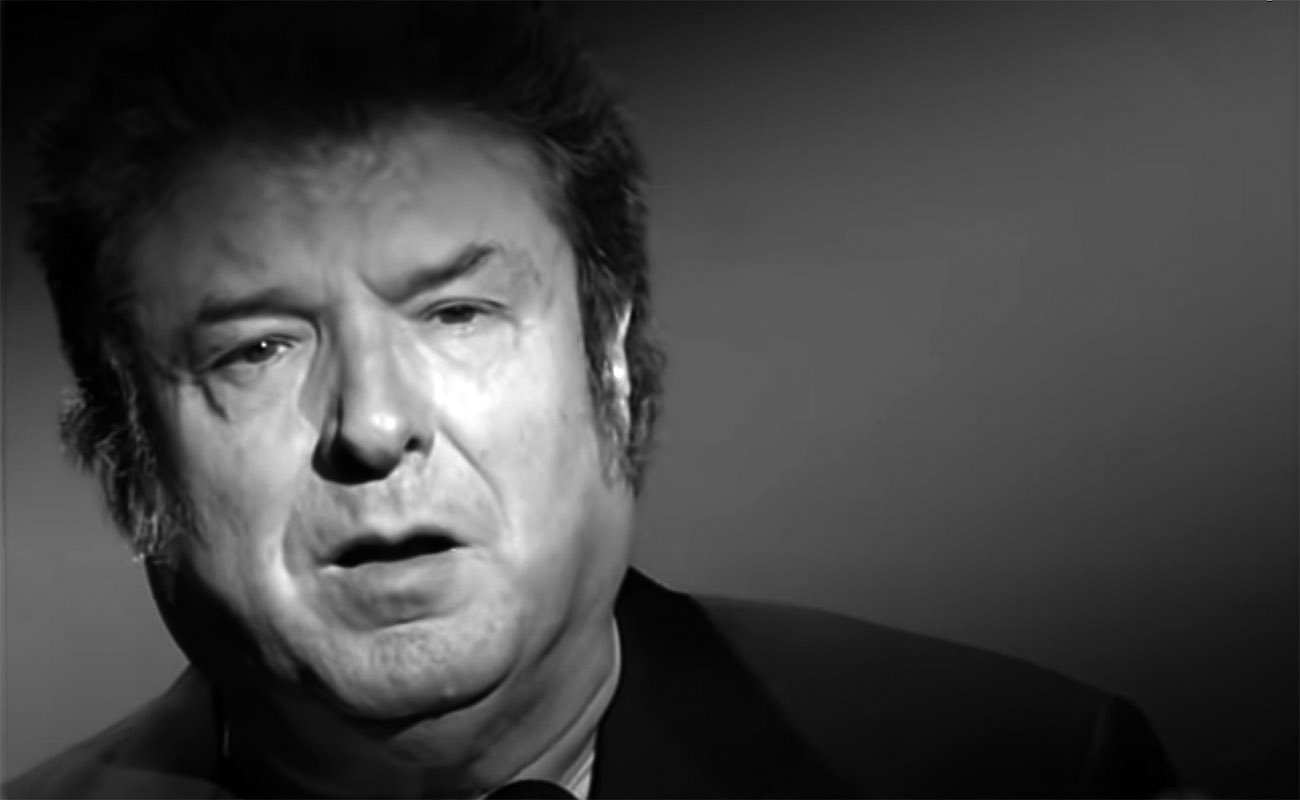Grandpa and flamenco’s private parties
Flamenco’s private parties were small flamenco gatherings, held in so-called cuartos or cuartitos (“little rooms”), where cante, baile and toque were performed by flamencos in the old days, for the enjoyment of a wealthy aficionado, the so-called señorito, who paid for the performance and thus allowed these flamenco artists to make a living.

-Grandpa, have flamenco’s private parties been an important feature of this art, or is this something that has been romanticized a bit too much?
-First let’s be clear on what we’re talking about here. Flamenco’s private parties were small flamenco gatherings, held in so-called cuartos or cuartitos (“little rooms”), where cante, baile and toque were performed by flamencos in the old days, for the enjoyment of a wealthy aficionado, the so-called señorito, who paid for the performance and thus allowed these flamenco artists to make a living. It’s perhaps something of the past, but there are still cantaores who enjoy performing in a cuarto, if not to make a living, then just to have a good time performing in a small social gathering.
-Well, I think that any good artist must be a good performer on the stage, otherwise they wouldn’t be much of an artist. Although it’s true that private gatherings are more for knowledgeable aficionados, while in theatres just anybody can show up, as long as they pay their ticket.
-You nailed it Manolo. Look, Manuel Torres, Mojama, Tomás Pavón and Matrona, just to name a few examples, were cantaores of private parties. I don’t say this to underrate or look down on them, it’s just that they would only perform at ease at small gatherings. The señorito paying for the whole thing would certainly be well-versed in flamenco. Whoever knows nothing about cante might be touched by a soleá, but they would miss all of the nuances and details. Mairena was amazing performing in a cuarto, and after he got used to performing in larger venues, he was amazing on stage too. Yet, that’s rather unusual. Mairena was exceptional.
-Would performing in those private parties be even worth it? How much could possibly Tomás charge for singing in a cuarto?
-Not a lot, just enough to have something to eat the next day. Yet, that’s how he made a living. When he was a little boy he tried the stage, and he found it was not for him. Only once he sang on a stage, as far as I know, and he would not have enjoyed the experience at all. The Pavons didn’t like the limelight. Particularly Arturo, who disliked the stage even more than Tomás. Pastora didn’t like to perform on stage either, but she did it to support her family. Do you know how much Pastora earned each day when she performed for the Vedrines and Monserrat companies? Almost one thousand pesetas, equivalent to three or four months the average worker’s wage in those days. That’s why she would perform on stage. She liked jewelry, expensive fur coats, the good life. Above all, though, she liked helping her loved ones, and she was a very generous woman.
-Who would you like to listen to in a private party, among the cantaores of our days?
– Manuel Moneo and Fernando de la Morena, for example. Many others too. Like Álvarez, another cantaor de cuartito. Also the Pañeros, who have a natural pellizco. They’re the real deal, you know?
-What about Miguel Poveda?
-He belongs to the stages, where he’s amazing. He knows his public well, and he knows exactly what to give them. I can’t quite picture him performing in a private party, though. He lacks depth in the basic cantes, do you know what I mean? I don’t question his talent, but if I were to spend some time in a private party, I’d rather listen to Antonio Reyes, a cantaor de cuartito who is also great on stage. Same with Jesús Méndez, from Jerez. Listen carefull what I’m going to tell you: keep an eye on him, because he possesses what’s most important, the basics, what cannot be learn on a course. He has the gift of voice, the flamenco “metal”. He sets his cantes very well and on stage he’s awesome. I believe he’ll go far.
-¿What about cantaoras?
-I’d get in a private party with Dolores Agujetas, Inés Bacán and La Caíta, for example. Not because they’re pure gypsy, but because they have depth and they take me to another age. There’s also Mayte Martín, she’s great anywhere. She’s an artist, that says it all.
-You’re naming names and then you get in trouble, grandpa, you know that.
-Yes, I know that well. But it’s impossible to name one hundred names, so I just mention the essential ones. Everyone has their own tastes and opinions, which must be respected, which is what I do, respect everyone’s tastes. All this, Manolo, many times is just a matter of personal taste.
-Grandpa, tell me of one evening when you went to a private party with some important artist.
-Let me tell you, I’ve experienced some unforgettable gatherings. I remember a special moment with Enrique Morente and El Pele, who had a lot of respect for each other. That night, Enrique just let El Pele sing all night, and he sang brilliantly. Another evening back in 1989, I spent six hours in a cuarto at the Venta Vega in Seville, with Morente and Eduardo de la Malena. It was one of the greatest things I’ve experienced. For about three or four hours Morent didn’t open his mouth, letting everyone else sing. By sunrise, Malena asked him to do something and he sang some alegrias in a low voice. I was just spectacular. Enrique singing in a cuarto was like that: spectacular.
-You have almost convinced me grandpa.
-Glad to hear.






